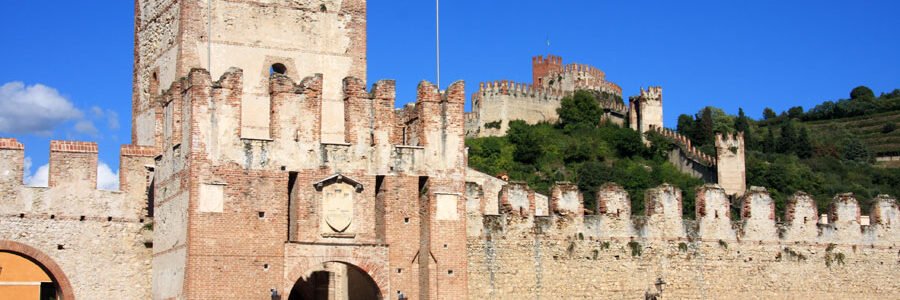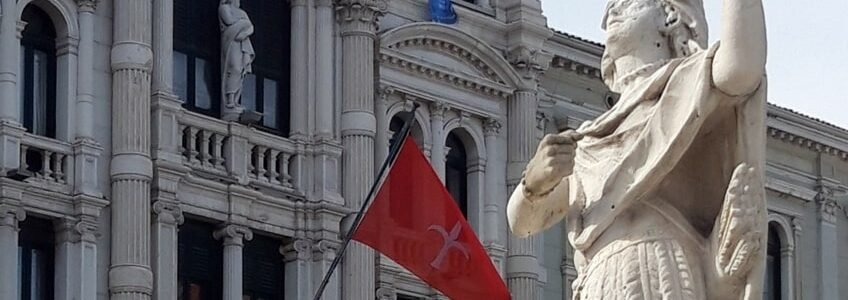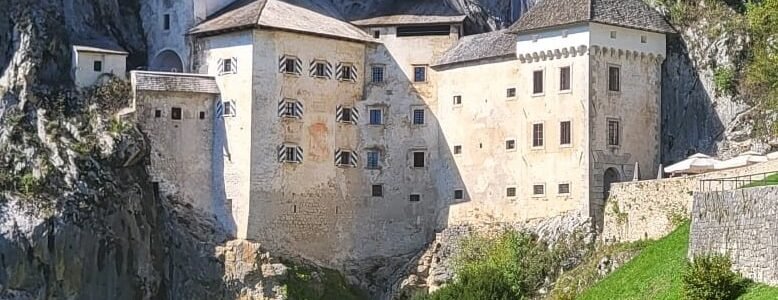Trieste Italy’s hidden gem
Trieste Italy’s hidden gem
Trieste: Italy’s Hidden Gem by the Adriatic
There are cities in Italy that overwhelm with grandeur — Venice with its canals, Florence with Renaissance charm, Rome with ancient weight. Then there is Trieste, a city that whispers rather than shouts. Tucked into the country’s northeastern corner, resting against the Adriatic and brushing the Slovenian border, Trieste defies easy definition. It is Italian, yes — but also shaped by centuries of Austro-Hungarian rule, Slavic proximity, and a sea-facing identity all its own.
Where Europe Collides
Trieste stands at the edge of Italy, geographically and culturally. You can feel it in the architecture — neoclassical facades beside Slavic tenements, Viennese cafés down the street from seafood trattorias. The city’s central square, Piazza Unità d’Italia, opens not to buildings but to the sea, one of the few European piazzas to do so. It’s not just a design flourish; it’s a metaphor. Trieste is a city open to what’s beyond.
A walk through Trieste is a collision of worlds. In one direction, the Canal Grande and its quiet boats echo Venice. In another, the hill of San Giusto leads you to Roman ruins and a 14th-century cathedral. The Miramare Castle, perched dramatically above the sea, feels more like a dream than a structure. And yet the city rarely appears on Italy’s must-see lists. That’s its magic.
A Literary City with a Soul
It’s no accident that James Joyce called Trieste home for over a decade. He found in the city the fragmentation, beauty, and complexity that mirrored his own work. You can sit where he sat, at Caffè San Marco, still bustling with students, intellectuals, and the hum of espresso machines. Writers like Italo Svevo and Umberto Saba also left their mark here, their words forever tied to the alleyways and harbor winds.
Cultural Layers Beyond the Surface
Trieste is home to more than Italians. Slovenians, Croats, Jews, Greeks, and Austrians have all walked its streets and shaped its rhythm. It’s one of the few cities in Italy where you’ll find a functioning synagogue, a Serbian Orthodox church, a Greek Orthodox cathedral, and Catholic basilicas all within walking distance. Diversity here isn’t a buzzword — it’s centuries-deep.
The city’s museums are equally eclectic: Museo Revoltella for modern art, Museo del Mare for maritime history, and the Museo Sartorio for aristocratic elegance. You won’t find long lines or selfie-stick crowds. Instead, you get time, space, and silence — things that Trieste seems to respect.
Hidden Cafés and Sea Breezes
Trieste is best experienced slowly. Start with coffee. The locals are fiercely loyal to Illy, founded here in 1933. Have a “nero” (espresso) or a “capo in b” (macchiato in a small glass) while you people-watch from a marble-topped table. Let the sea breeze drift through the streets, especially at sunset when the city glows in burnt orange and soft gray.
Venture to Barcola for a seaside stroll, or up to the Karst Plateau for panoramic views that stretch from Slovenia to the Adriatic. You don’t need a guidebook — Trieste rewards wandering.
Crossing into Slovenia: The Quiet Surprise
One of Trieste’s most surprising qualities is how close it is to Slovenia. In less than an hour, the scenery changes dramatically — from sea to forest, from imperial to modern Central European. Many travelers find that the Trieste to Ljubljana transfer is one of the most scenic and underrated journeys in the region. The road curves through vineyards, past castles and quiet villages, offering a subtle but powerful shift in mood.
Ljubljana itself is a gem — a capital with the soul of a village, lined with bridges, artisan shops, and riverside cafés. The contrast with Trieste is striking, yet the connection feels natural. It’s a perfect day trip or two-city experience.
Why Trieste Now?
Italy is never out of fashion, but Trieste feels like a secret. It doesn’t perform for tourists. It lives its life and lets you join, if you choose. That’s what makes it timeless.
It’s also evolving. New galleries are opening in abandoned warehouses. Young chefs are reviving forgotten Adriatic dishes. There’s a startup scene buzzing quietly beneath the surface. And yet, Trieste stays true to its past — a past made of salt air, literature, exile, and elegance.
Whether you’re sipping a glass of local Terrano wine in a tucked-away enoteca, or standing alone on the Molo Audace pier at dusk, Trieste gives you space — to breathe, to think, to feel. Not many places do that anymore.
Learn More About the Region
For curated routes, hidden gems, and cultural insights, the official Trieste tourism guide offers one of the most reliable and up-to-date resources available.
It’s a resource as elegant and surprising as the city itself.
Trieste, Italy’s Hidden Gem
Not all cities introduce themselves with noise. Trieste whispers — through stone façades, sea wind, and languages that blur on the border. It isn’t hurried, and it doesn’t try to impress. It simply waits, anchored in history, yet never anchored to time.
Those arriving from Ljubljana by private transfer often describe the descent into Trieste not as arrival, but as unfolding — coastal cliffs giving way to cafés, and formality fading into Adriatic rhythm.
- Ljubljana to Trieste transfer
- Trieste to Ljubljana route
- From Ljubljana Airport to Trieste
- Explore more city-to-city transfers
- More stories from the road
Trieste isn’t a destination — it’s a change in rhythm
There’s no border crossing quite like it. From Slovenia’s green interior to Italy’s faded imperial elegance, the contrast doesn’t clash — it calms. Travelers arrive here to slow down, not speed up. To observe, not perform.
- Perfect for day-trippers from Ljubljana who want sea without tourists
- Blends Austro-Hungarian history with Mediterranean ease
- Ideal first stop when traveling from Central Europe to the coast
- Walkable, breathable, and intellectually charged
- Feels both forgotten and unforgettable at once
Where borderlines blur and espresso defines time
Trieste hides nothing, but reveals only to those who slow down enough to notice
This post about Trieste offers a glimpse into a city that unfolds like few others. Official Trieste tourism site.
RECENT POSTS
- How to get from Ljubljana to Kranjska Gora October 18, 2025
- How to get from Ljubljana to Budapest October 17, 2025
- How to get from Ljubljana to Munich October 15, 2025





























































Leave a Comment